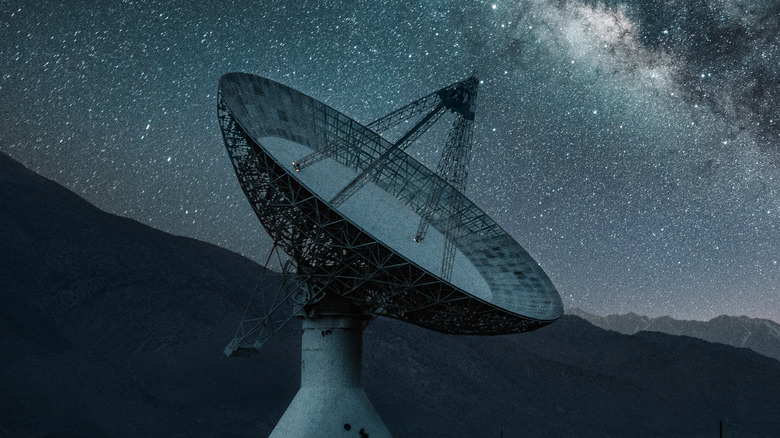NASA Isn't Giving Up On Solving UFOs And Debunking Aliens
NASA held a press conference today and published a report discussing unidentified anomalous phenomena (UAP), marking the agency's first such public involvement in the controversial domain. The anticipation was high, especially in the wake of multiple former military officials testifying before Congress that the government was hiding "Nonhuman biologics" and was in possession of unidentified objects. Well, NASA's report concludes that so far, there's no concrete proof of objects of extraterrestrial nature.
"NASA study did not find any evidence that UAP have an extraterrestrial origin, but we don't know what these UAP are," said NASA administrator Bill Nelson at the press conference. The 36-page report, citing peer-reviewed scientific papers, notes that "there is no conclusive evidence suggesting an extraterrestrial origin for UAP." Interestingly, it mentions multiple cases of purported UAP sightings, some of which have since been explained using scientific methods, while others — like the Middle East Object case — remain a mystery.
Despite the less-than-exciting findings in the report, which was commissioned last year, the space agency isn't outright ruling out the existence of alien life. In fact, NASA once backed a well-funded program called Search for Extraterrestrial Intelligence (SETI) that seeks to find signs of intelligence life out there. However, NASA wants to leverage its scientific expertise and analytical prowess to study UAPs so that such events don't become subjects of misleading sensationalism. Right now, there is no standardized guideline in place that can classify an object as UAP, or otherwise, nor are there vetting protocols for analysis.
Extraordinary claims require extraordinary evidence
The report by NASA's Unidentified Anomalous Phenomena Independent Study Team pushes for a bunch of critical changes in the system regarding how UAP sightings are analyzed, how the data is collected, and the ways multiple agencies can collaborate to build a database. "At this point, there is no reason to conclude that existing UAP reports have an extraterrestrial source," the report says, adding that scientific thinking and hard data are what the whole endeavor needs.
A major problem with UAP reports is that such incidents are often captured with sensors that don't yield enough data for a proper scientific analysis. The report even suggests developing open-source smartphone-based apps for gathering data from multiple smartphone sensors, contributed by volunteer citizen scientists worldwide. But the interest in UAPs doesn't come solely out of mankind's undying interest to explore and communicate with an extraterrestrial life form, a concept that has remained hypothetical so far.
There's also a realistic national security aspect to consider here. "The threat to U.S. airspace safety posed by UAP is self-evident," says NASA's report. The core proposal is that NASA should collaborate not only with the Department of Defense's All-Domain Anomaly Resolution Office (AARO), but also with aviation stakeholders, space agencies in other countries, science observatories across the world, and satellite system operators, among others to collect solid data. There are also calls for developing "purpose-built future sensors for UAP detection" and advanced techniques that rely on AI and machine learning to boost the efforts.
